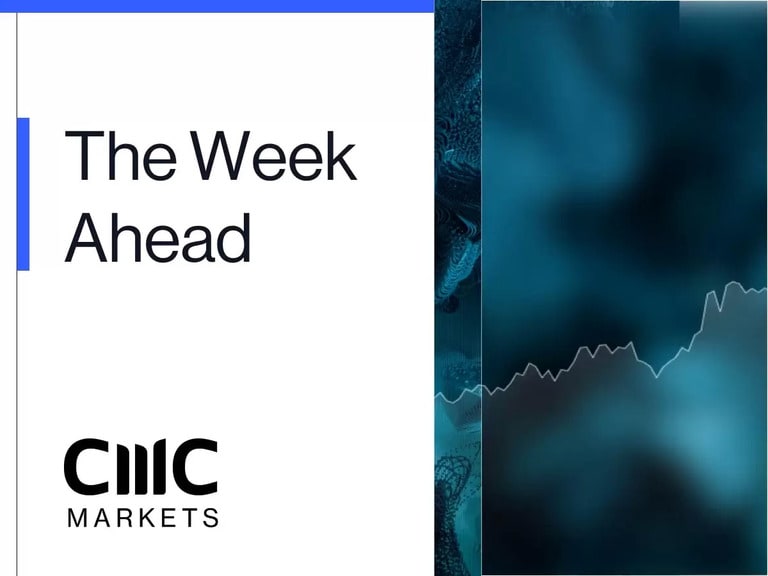by Ravinder Kaur, Institutional Business Development Manager, CMC Markets
As we navigate the complexities of 2025's financial landscape, investors face a transformed monetary environment. Gold has transcended its traditional role as a mere safe-haven asset, emerging as a strategic cornerstone of institutional portfolios amid accelerating dedollarisation and heightened geopolitical tensions. With prices surging beyond $3,400 per ounce — representing a 50% year-over-year increase — the current precious metals market demands sophisticated allocation strategies that extend beyond conventional wisdom.
The Structural Shift in Global Monetary Architecture
The global monetary system is experiencing its most significant transformation since the Nixon Shock of 1971. In 1971, President Nixon ended the system where dollars could be exchanged for gold, freeing the US to print money but causing other countries to gradually seek alternatives to using the dollar in international trade and leading to the US dollar dropping significantly in value.
This time, however, the catalyst is not a unilateral US policy decision but rather a complex interplay of geopolitical realignments, trade confrontations, and technological innovations in cross-border payment systems.
President Trump's confrontational trade policies have produced the paradoxical effect of accelerating global dedollarisation efforts despite explicit threats against countries moving away from the dollar. When examined alongside the weaponisation of dollar-based financial systems through sanctions over the past two decades, we observe a structural rather than cyclical shift in central bank reserve management practices.
The evidence is compelling:
- Nearly 70% of central banks plan to increase their gold reserves over the next five years
- Central banks added over 1,000 tonnes to their reserves in 2024 alone — a record amount
- By early 2025, 87% of countries had completed integration with alternative payment systems
- Cross-border yuan payments hit a record high in March 2025 as China increases efforts to promote global yuan usage amid US trade tensions and tariff increases.
This is not merely a political statement by adversarial nations; the top three gold buyers in 2024 were Poland, Turkey, and India — representing a diverse set of relationships with the United States.
For investors, these structural shifts require a fundamental recalibration of portfolio construction principles. The persistent outperformance of gold relative to traditional asset classes—25% returns with 18% volatility compared to the S&P 500's 12% returns with 22% volatility in 2024—suggests that precious metals allocation can simultaneously enhance returns while reducing overall portfolio risk.
Latest from CMC






